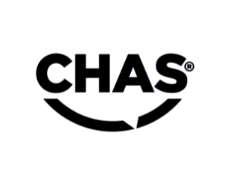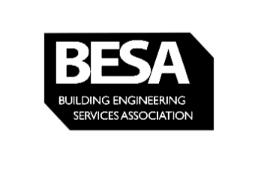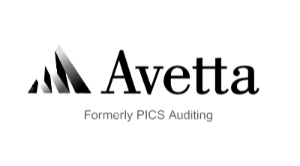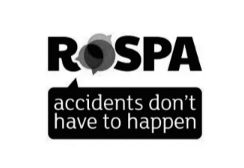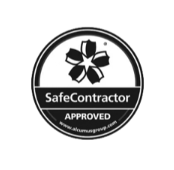phs Group has acquired Citron Hygiene UK - we’re here to support you. Read our customer FAQs and find our contact details here.
Managing your clinical waste is essential for your business on multiple levels. Professional clinical waste disposal is vital for any sector that generates waste that poses a risk of infection or harm. If your organisation has a duty of care under the Environmental Protection Act, we’re here to help.
Our guide is here to provide a closer look at types of clinical waste, the UK’s regulatory framework, and waste disposal methods to keep your business compliant.
Why is it so important to handle clinical waste properly?
Clinical waste can be generated by healthcare settings, including (but not limited to):
- Laboratories
- Hospitals
- Dental practices
- Care homes
- Funeral parlours
- Veterinary surgeries
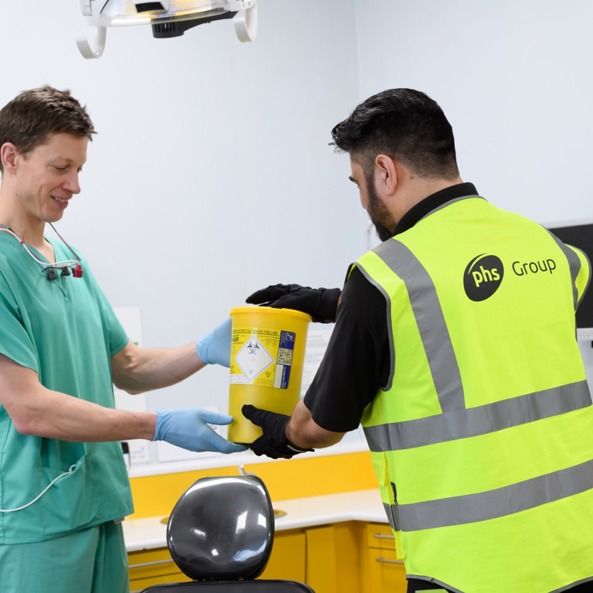
You may also need to dispose of clinical waste if you’re an aesthetician or tattoo artist working with needles for piercings or tattoos.
This waste may contain bodily fluids, blood and other potentially infectious materials. Properly disposing of clinical waste safeguards the environment and public health, minimising infection risks and protecting public safety.
What are the different types of clinical waste to be aware of?
Understanding the different types of clinical waste is the first step towards safe and effective disposal. You must use the correct colour clinical waste bags for disposing of this material and have your waste treated according to its category.
Clinical waste includes:
- Sharps waste: Sharp objects, including syringes, scalpels and needles.
- Infectious waste: Materials contaminated by contact with biological fluids, such as PPE, gloves and dressings.
- Cytotoxic and cytostatic waste: Includes medicines in tablet, cream, aerosol or liquid form that can be toxic or toxic for reproduction, mutagenic or carcinogenic.
- Anatomical waste: Organs, body parts and blood bags from human and animal sources.
- Dental waste: Unwanted amalgam, extracted teeth and fillings
How to safely dispose of clinical waste
There are typically four steps to dealing safely with your clinical waste:
-
Sorting
Waste is sorted by type into colour-coded clinical waste bins or bags to prevent cross-contamination. -
Storage
Waste must be stored securely in a clinical waste bin before collection, inaccessible to the public. -
Collection and transportation
You must use a licensed clinical waste collection service to ensure waste is transported safely and securely. -
Treatment and disposal
Clinical waste is disposed of according to type.
Appropriate containment in clinical waste bins and bags is critical for safe disposal. Our Clinisafe ECO LOC range of recycled plastic bins is ideal for hygienic and efficient waste disposal in clinical settings.
The UK uses a colour-coded system for different waste types:
- Yellow clinical waste bags: Highly infectious waste for disposal by incineration.
- Orange clinical waste bags: Infectious waste suitable for alternative treatment. Our brightly coloured, recycled plastic infectious waste disposal bags enable the correct segregation of waste for incineration or alternative disposal.
- Purple clinical waste bags: Cytotoxic and cytostatic clinical waste, such as chemotherapy waste.
- Red clinical waste bags: Anatomical body parts, including blood and bodily fluids.
- Yellow clinical waste bins: Puncture-proof bins used for needles and sharps disposal.
- White clinical waste bins: Amalgam dental waste.
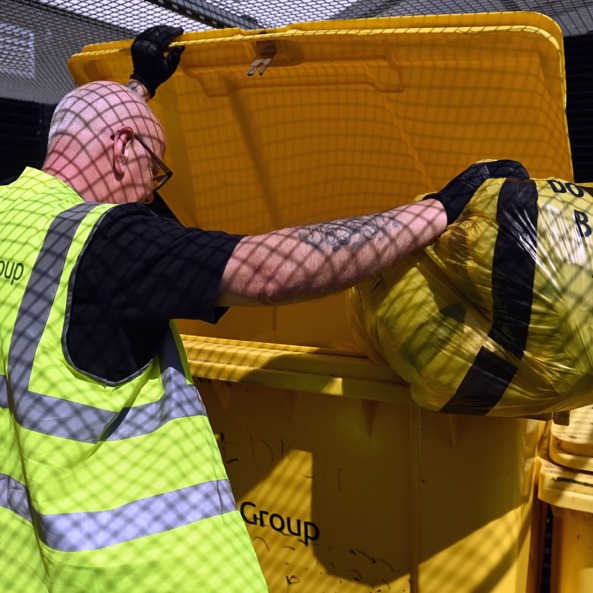
What are the UK Regulations around disposing of clinical waste?
The UK has a rigorous regulatory framework governing the disposal of clinical waste. Failure to comply puts public safety and the environment at risk. As a result, your business could face reputational damage or a financial penalty.
The key pieces of UK legislation to be aware of include:
- Health and Safety at Work Act 1974: This legislation ensures that workers dealing with clinical waste disposal are adequately protected.
- Environmental Protection Act 1990: Sets the framework for clinical waste disposal and imposes a duty of care on your business to deal with waste appropriately and safely.
- Hazardous Waste Regulations 2005: Lays out the classifications of hazardous waste, including clinical waste, and how it should be handled and disposed of.
Waste disposal methods
In general, clinical waste is disposed of using one of three methods:
Energy from Waste
As part of our LifeCycle Strategy, highly infectious waste destined for incineration is sent to an energy recovery facility.
The steam and heat produced by the incineration process are used to generate electricity and renewable Energy from Waste (EFW), which can be used for lighting and heating.
Alternative Treatment
Infectious material that doesn’t require incineration can be disposed of using alternative treatment.
Waste is first heated to sterilise it, then cooled and shredded. The baled material can then be used as an alternative fuel source.
Sharps Disposal
Sharps disposal regulations must be followed rigorously to prevent accidents, injuries, or infections. Our sharps bin features a Dual Protect Pro entrance to prevent clinical waste from falling out of the bin, while also acting as a visual guide to optimal storage.
Make phs your trusted partner for clinical waste disposal
From storage to clinical waste disposal, phs is your trusted partner. Our innovative waste disposal solutions protect people and the environment, with a holistic approach to regulatory compliance and duty of care for your business.
Whether you’re dealing with infectious or non-infectious clinical waste, we have a disposal solution to meet your needs. Contact our team to discuss your requirements.






























